
Movies have a magical way of transporting us to different worlds, allowing us to see life through a lens of imagination, often far from the harsh realities of our own existence. We sit in awe, marveling at the seamless storytelling and breathtaking visuals, rarely pausing to consider the sheer effort, the logistical nightmares, and the occasional personal sacrifices that go into bringing these cinematic dreams to life. What if we told you that behind some of the most beloved classics and groundbreaking blockbusters lay tales of chaos, injury, and sheer will?
The illusion of Hollywood is a powerful one, presenting a polished final product that belies the often-turbulent journey of its creation. From groundbreaking fantasy epics to revolutionary thrillers, the road to cinematic immortality is frequently paved with unforeseen challenges, human dramas, and technical conundrums that push cast and crew to their absolute limits. It’s a testament to the dedication of filmmakers that these productions, teetering on the brink of disaster, ultimately blossomed into the films we cherish today.
In the world of filmmaking, the phrase “break a leg” can sometimes take on a surprisingly literal meaning. We’re about to pull back the curtain on some truly iconic movie sets that became battlegrounds of human endurance, creative clashes, and unexpected calamities. Get ready to discover the harrowing behind-the-scenes sagas of classic films, where tantrums, flesh wounds, and insufferable egos somehow converged to produce cinematic gold.

1. **The Wizard Of Oz (1939): A Technicolor Tale of Real-Life Woes**It’s hard to imagine a film more beloved and timeless than “The Wizard of Oz.” Its vibrant Technicolor, unforgettable songs, and endearing characters have charmed generations. Yet, beneath the whimsical journey down the yellow brick road lay a production fraught with significant real-life dangers and discomforts for its dedicated cast. The magic on screen was, at times, a painful ordeal for those bringing it to life.
One of the most striking instances of on-set suffering involved Buddy Ebsen, the actor originally cast as the Tin Man. His silver makeup, crucial to the character’s metallic appearance, contained aluminum. Ebsen became so severely ill from an allergic reaction to this aluminum that he had to be replaced partway through filming, with Jack Haley stepping in to complete the iconic role. It’s a stark reminder of the nascent understanding of on-set safety in early Hollywood.
The perils didn’t stop with Ebsen’s allergic reaction. Margaret Hamilton, who flawlessly embodied the terrifying Wicked Witch of the West, suffered actual burn wounds during a special effects sequence. Furthermore, Bert Lahr’s elaborate Cowardly Lion costume was so restrictive and hot that it forced him to consume nourishment solely through a straw, unable to eat solid foods while wearing it. These conditions highlight the extreme demands placed on actors to achieve the desired visual effects of the era.
Even the Scarecrow, a character designed to be light and pliable, presented its own set of challenges. Ray Bolger, who eventually played the role, initially harbored a desire to be the Tin Man. While he ultimately embraced the Scarecrow, his makeup, which created the character’s distinctive facial lines, left a lasting mark – permanently lining his face. The commitment required from these actors in the face of such physical discomfort is truly remarkable.

2. **Cleopatra (1963): An Epic of Excess and Exhaustion**The 1963 epic “Cleopatra” remains a legendary Hollywood tale, not just for its grand scale and star power, but for its colossal production troubles. What started as an ambitious historical drama quickly spiraled into one of the most infamously expensive films ever made, a testament to how quickly things can get “a little out of hand” when production costs aren’t rigorously controlled. The sheer audacity of its budget became as iconic as the film itself.
The original intention for “Cleopatra” was to cap its budget at a modest $2 million. However, the production soon defied all expectations, with a staggering $4 million already spent before cameras even began rolling. By the time the film finally debuted, its enormous budget had ballooned to an astounding $44 million. This astronomical figure, particularly for its time, underscores a production where ambition clearly outstripped initial financial foresight, leading to unprecedented fiscal challenges.
Beyond the financial drain, the production was physically taxing, especially for its leading lady, Elizabeth Taylor. While she commanded a then-unprecedented salary of $1 million to star in the film, her personal experience was far from a “happy ending.” The sheer length of time spent making the film proved utterly exhausting for Taylor, who became seriously ill during the arduous shoot. Her health struggles added another layer of complexity to an already beleaguered production.
The difficulties extended beyond individual health, impacting the entire logistical framework of the film. Set locations, initially planned for one region, had to be moved “to the other side of the planet,” further complicating an already complex international production. To cap it all off, an early edit of the sprawling film reportedly “clocked in at six hours.” This marathon runtime for just an initial cut paints a vivid picture of the sheer volume of footage and the immense narrative challenge faced by the filmmakers.
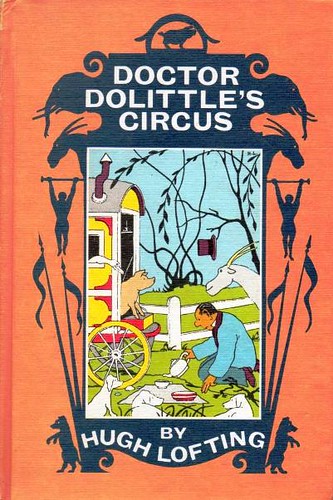
3. **Dr. Dolittle (1967): When Hollywood Invades a Quaint Village**Sometimes, a film set doesn’t just create a nightmare for its cast and crew; it extends its chaotic reach to the unsuspecting world around it. “Dr Dolittle,” the 1967 musical fantasy, provides a fascinating, if somewhat notorious, example of a production that managed to “annoy an entire village of innocent bystanders.” The tranquil beauty of Castle Combe, a picturesque village in Wiltshire, England, became an unwilling backdrop for Hollywood’s demanding presence.
The root of the villagers’ vexation was the production team’s decision to construct an “enormous artificial dam” right in their quaint locale. Building such a sizable monument in a historic village would naturally have been “pesky enough,” causing considerable disruption to daily life. The sheer scale of the construction was an imposition that drastically altered the landscape, far removed from the usual quietude of the English countryside.
But the inconveniences didn’t stop there. As if the colossal dam wasn’t enough, the filmmakers “also insisted that several houses in the area were required to remove their TV antennas.” In an era before streaming and ubiquitous digital entertainment, this was a significant demand, impacting the villagers’ access to a primary source of leisure and information. This seemingly minor detail speaks volumes about the production’s authoritative approach and disregard for local sensibilities.
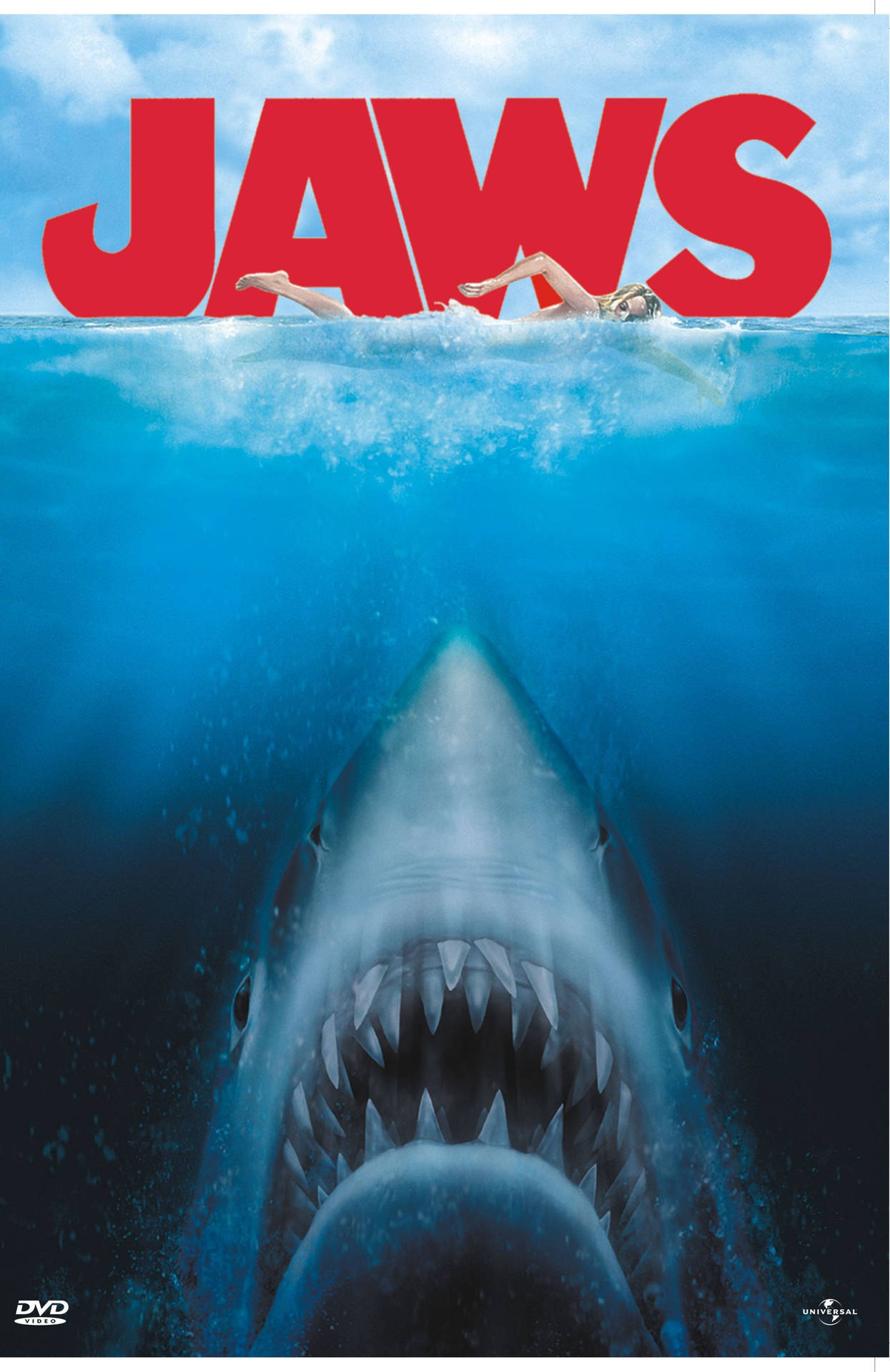
4. **Jaws (1975): A Monster Movie Without Its Monster**Steven Spielberg’s “Jaws” redefined the summer blockbuster and cemented its place as a horror masterpiece. Its gripping suspense and iconic score are etched into cinematic history. Yet, the creation of this landmark film was a veritable “nightmare” of logistical hurdles, especially concerning its titular antagonist. Richard Dreyfuss, who played Matt Hooper, famously summed up the initial chaos: “We started the film without a script, without a cast, and without a shark.” A monster movie, it seemed, was missing its key ingredients.
The mechanical shark, affectionately dubbed “Bruce,” was intended to be a prominent fixture on screen, delivering jump scares and menacing close-ups. However, Bruce proved to be the production’s Achilles’ heel, plagued by “extremely costly mechanical failures.” This meant the young Spielberg, early in his career, was forced into a corner, needing to find a way to make a compelling monster movie without his monster reliably functioning. It was a crisis that demanded immediate, inventive solutions.
This mechanical malfunction, rather than derailing the film, became a crucible for Spielberg’s ingenuity. The “lack of a monster in his monster movie forced Spielberg to think outside of the boat…er, box,” leading to a revolutionary approach to suspense. Instead of relying on gratuitous creature features, Spielberg leaned into the power of implication, sound design, and the terror of the unseen, turning a technical nightmare into a creative breakthrough.
Doubts loomed large over the production, with many around Spielberg questioning “his ability to get things back on track” and even worrying “he would never be able to finish the movie.” Yet, he triumphed, delivering a classic masterpiece. “Jaws” ultimately taught filmmakers a “valuable lesson: that to create suspense on screen, we don’t actually need to see anything at all.” This pivotal realization, born from on-set adversity, forever changed how suspense would be crafted in cinema.
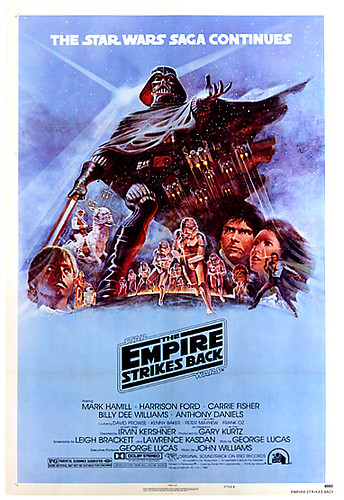
5. **Star Wars (1977): From a “Hodge-Podge Mess” to a Galactic Legend**The mere mention of “Star Wars” conjures images of lightsabers, the Millennium Falcon, and the mystery of the Jedi, instantly evoking its timeless theme music. It’s a cultural phenomenon, a franchise that has grown exponentially since its debut. Given its colossal impact, it’s almost unfathomable that the initial production of this “absolutely classic film” was a veritable “nightmare,” besieged by challenges that nearly consigned it to cinematic obscurity.
One of the most surprising difficulties came from within the cast itself, with the script being “berated by its own actors.” Harrison Ford, in his iconic role as Han Solo, famously articulated the cast’s skepticism, declaring, “George, you can type this [junk], but you can’t say it!” This sentiment was widely shared, with many involved questioning if the film would merely be a “poorly done children’s film,” overwhelmed by a perceived “hokiness set to stun.” The creative vision, at least initially, struggled to resonate with its performers.
Adding to the woes, the special effects team faced immense pressure, struggling “to churn out the hundreds of effects that Lucas required” for his ambitious vision. Concurrently, adverse weather conditions, specifically “storms,” caused shooting locations to fall “behind schedule,” further exacerbating the logistical quagmire. To combat these delays and meet the daunting demands, “the crew had to be split into three different teams to even finish the shoot.” The sheer scale of the challenges seemed insurmountable.
The early prognosis was grim; an initial cut of the film was reportedly “horrendous.” However, Lucas refused to give up, understanding that the true potential of “Star Wars” lay not in the raw footage, but in the alchemy of the editing room. The previous editor was replaced by a talented team: Paul Hirsch, Richard Chew, and Lucas’s wife, Marcia. This new team was tasked with the Herculean effort of transforming what seemed to be a “hodge-podge mess of random clips” into a coherent narrative.
Initially, the “disconnected shots of people in silly costumes and random scenes of special effects seemed to foreshadow that this film would go nowhere.” But Lucas’s faith in “the right team for the job” paid off. They “worked tirelessly in that editing room,” meticulously piecing together the disparate elements until “the epic story of Star Wars was pieced together.” The film’s enduring “staying power speaks for itself,” a powerful testament to how a production rescued from the brink of disaster can transcend its troubled origins to become a global phenomenon.
Navigating the labyrinthine world of film production often means confronting the unexpected, even for the most seasoned filmmakers. While our first journey peeled back the curtain on foundational classics that endured their own brand of chaos, the modern era of filmmaking has certainly had its share of on-set nightmares. From intense directorial visions pushing crews to their breaking point, to technological gambles and unforeseen calamities, these blockbusters and cult favorites remind us that sometimes, the magic on screen is forged in the fires of real-life adversity.
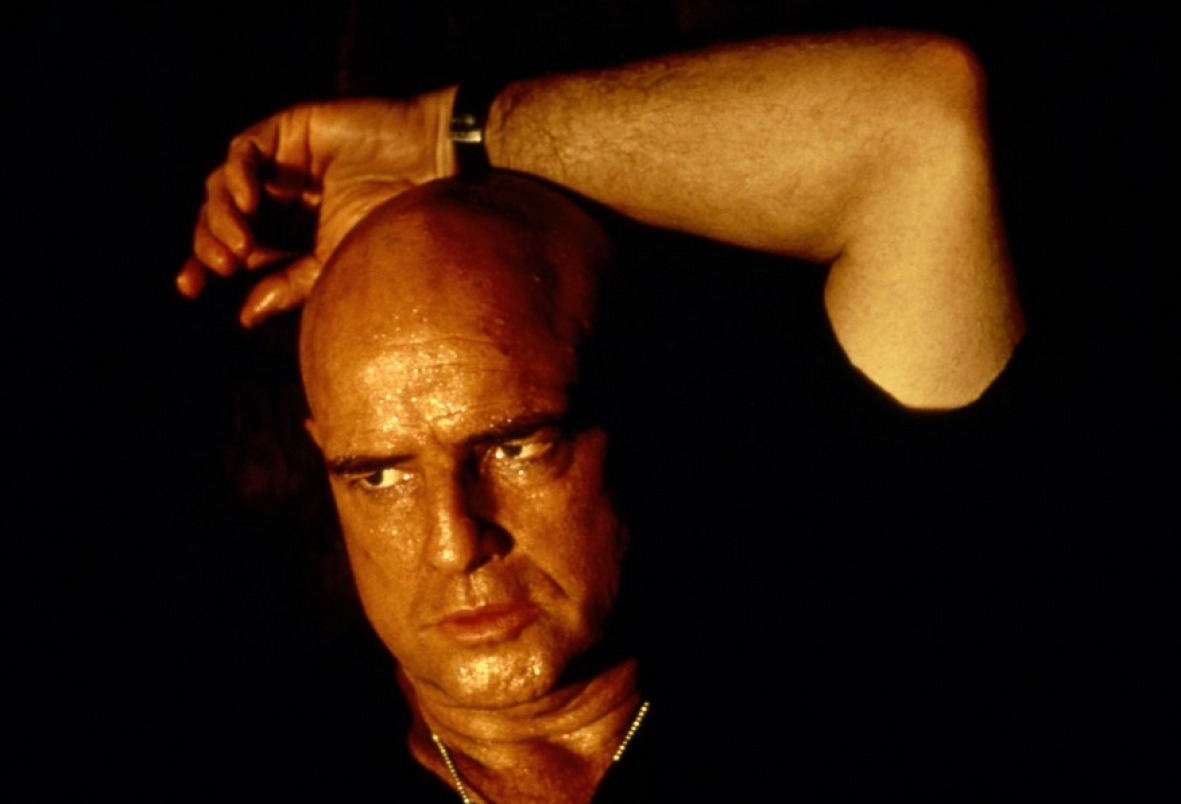
6. **Apocalypse Now (1979): The Jungle’s Descent into Madness**If you’ve ever wondered about the sheer, unadulterated madness that can engulf a film set, look no further than Francis Ford Coppola’s ‘Apocalypse Now.’ The very existence of the documentary ‘Hearts of Darkness’ is a testament to the nightmarish reality behind this masterpiece. It’s a film that pushed everyone involved to their absolute psychological and physical limits, blurring the lines between cinematic art and sheer survival.
Coppola’s ambitious quest for unparalleled realism led him to choose the Philippines as the backdrop for his Vietnam War epic, aiming to capture an authentic, visceral feel. However, this pursuit of verisimilitude quickly spiraled. “If it could go wrong, it did,” became the unofficial motto of the production, plagued by everything from poor decisions to incredibly unfortunate ‘wrong-place-wrong-time’ scenarios that tested the endurance of the entire cast and crew.
The director himself mused on the chaotic environment, stating, “We were in the jungle. We had too much money. We had too much equipment. And little by little, we went insane.” This quote perfectly encapsulates the burgeoning anarchy. Even casting wasn’t immune, with Harvey Keitel being replaced by Martin Sheen within the first week of shooting. Adding another layer of profound difficulty, Sheen himself later suffered a heart attack during the arduous production, a stark reminder of the intense pressures at play.
Despite relentless storms, constant script rewrites, and significant trouble with the cast, ‘Apocalypse Now’ somehow emerged as a cinematic tour de force. It achieved Coppola’s audacious goal of creating a chaotic, realistic, and ultimately definitive adaptation of Joseph Conrad’s ‘Heart of Darkness.’ It stands as a powerful example of how creative vision, even when pursued through nightmarish conditions, can culminate in an enduring work of art.

7. **Blade Runner (1982): A Sci-Fi Noir Forged in Frustration**’What do you mean you’ve never seen Blade Runner?’ the Arctic Monkeys famously crooned, a question that highlights the film’s cult status. Yet, the creation of this iconic sci-fi noir was so fraught with difficulties that it’s a wonder anyone ever got to see it at all. Loosely based on Philip K. Dick’s ‘Do Androids Dream of Electric Sheep?’, the script itself underwent countless rewrites even before Ridley Scott was brought in to direct, setting the stage for a turbulent production.
Ridley Scott, a director known for his strong visual style, wasn’t accustomed to the Hollywood filmmaking environment, particularly in Los Angeles. He was reportedly overly demanding of his crew, once expressing a clear preference for working with his teams from the UK. This sentiment did far more than just “rustle a few feathers”; it created a deep chasm between the director and his American crew, breeding palpable resentment on set.
The tensions escalated as Harrison Ford, the film’s star, was reportedly bored and frustrated with the process, while the entire cast grew increasingly unhappy. Scott, in turn, was equally frustrated by the difficulties he faced. The production teetered on the brink of collapse, with the final shot miraculously captured just moments before the producers arrived, intent on shutting the entire project down, a decision that would have drastically altered cinematic history.
After ‘Blade Runner’s’ somewhat cool initial release in 1982, the producers, in a move that’s become legendary for its misjudgment, decided the film needed two things to improve it: a ‘happier ending’ and a ‘poorly done narration’ to spoon-feed the plot to the audience. This baffling attempt to fix an already complex film ultimately failed to connect with contemporary audiences. Yet, despite the on-set conflicts and post-production tinkering, ‘Blade Runner’ has rightfully earned its place as a groundbreaking cult classic, proving that sometimes, even a nightmare production can yield a masterpiece.
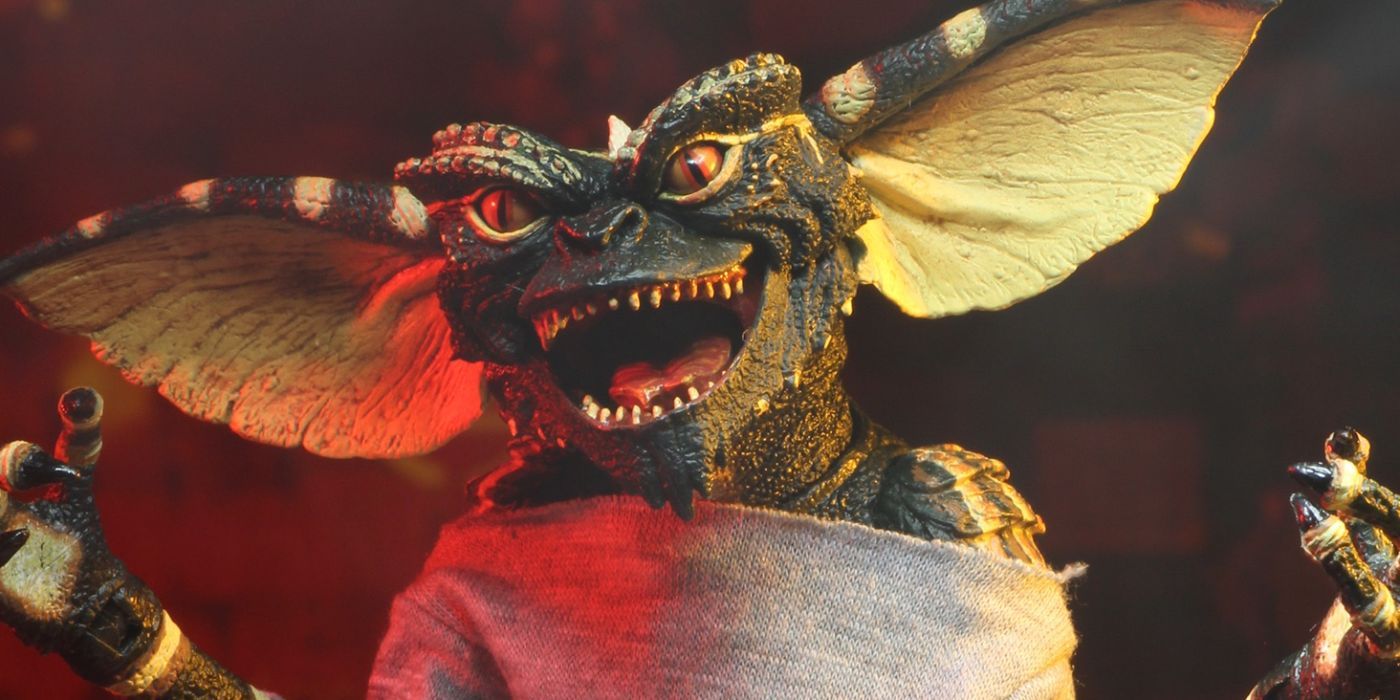
8. **Gremlins (1984): Puppet Mayhem and Practical Effects Pains**In an era before sophisticated computer-generated imagery became commonplace, filmmakers relied on ingenuity and painstaking practical effects to bring fantastical creatures to life. Joe Dante’s 1984 horror-comedy ‘Gremlins’ stands as a testament to this, though the process was anything but smooth. It was a film born from the intricate combination of “puppets, rubber, wire, and a lack of CGI,” forcing the team to invent technology as they went along to create ‘realistic’ fantasy creatures.
Creating the mischievous Gremlins was a Herculean task, demanding an extraordinary level of dedication and physical contortion from the crew. Dante vividly described the scene: “A small army of puppeteers was living beneath each set, controlling rods and levers and staring into video monitors with the picture flipped as in a mirror.” This incredibly complex and physically demanding setup often led to immense frustration, with Dante admitting, “It really did get maddening after a while.” Despite significant pushback and skepticism from the studio, the team of puppet masters relentlessly continued shooting.
Dante has revealed that for a grueling three months, the crew’s sole focus was on shooting the Gremlins’ effects shots. This period was an intense test of patience and technical skill, as the intricate puppets often proved to be as infuriating as they were adorable or terrifying. The meticulous manipulation required to imbue these rubber and wire creations with life was a constant challenge, stretching the team’s limits and demanding every ounce of their creative energy.
However, the enduring legacy of ‘Gremlins’ speaks volumes about the value of their arduous efforts. While the puppets certainly did their fair share of infuriating the team during the film’s creation, those mischievous creatures were ultimately worth every drop of sweat and frustration. The film turned out to be a beloved classic, proving that sometimes, the most maddening practical effects can yield the most memorable cinematic magic.
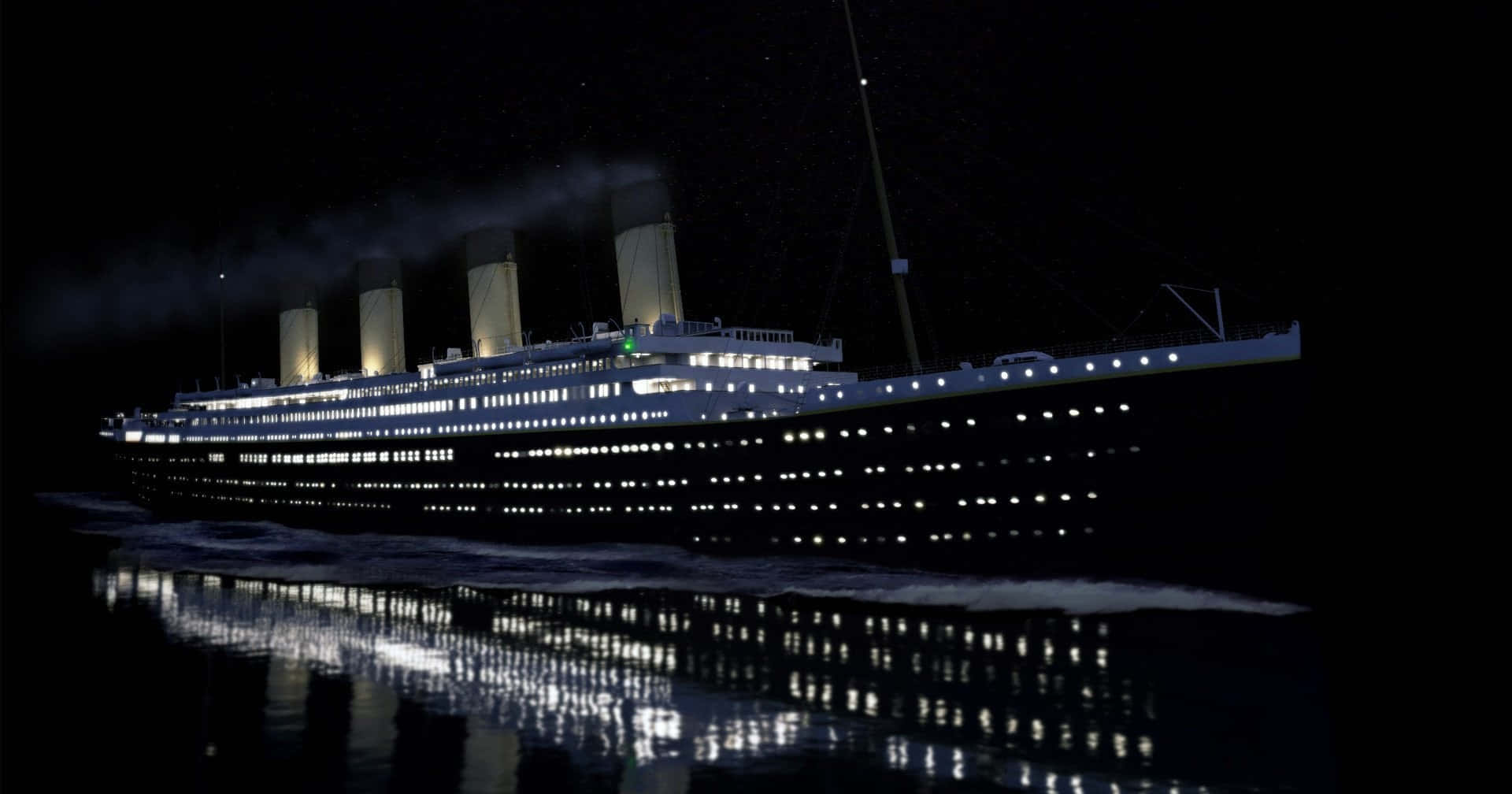
9. **Titanic (1997): The Iced Deck of a Megalomaniacal Vision**James Cameron’s ‘Titanic’ was a colossal undertaking, not just in its narrative scope but in its production challenges, which at one point escalated to a shocking act of sabotage. Imagine arriving on set, ready to bring an epic love story to life, only to find yourself and over 50 cast and crew members hospitalized. This was the reality when a disgruntled crew member reportedly spiked the day’s meal with a hallucinogen, turning a film set into a chaotic emergency room.
Beyond this alarming incident, Cameron’s demanding directorial style became legendary, often likened to a military campaign. The director himself articulated this philosophy, stating, “Filmmaking is war. A great battle between business and aesthetics.” While such a mindset might drive ambition, it also often led to an intensely challenging environment for those in the trenches, raising questions about the treatment of his “fellow soldiers.”
Cameron’s reputation for being uncompromising was well-earned, manifesting in various ways on set. From screaming at the cast and crew through a megaphone to subjecting actors to abysmal working conditions—including keeping them in cold water for extended periods—the atmosphere was often tense. It’s hardly surprising that the production schedule, much like the ship itself, went ‘overboard,’ stretching the limits of endurance and patience for everyone involved.
Ultimately, ‘Titanic’ became one of the highest-grossing films of all time, a phenomenal success at the box office. But this monumental achievement came at a significant cost, demonstrating that while financial triumphs can often overshadow the behind-the-scenes turmoil, the journey to cinematic glory is not always a smooth sail. The film’s immense popularity, despite its grueling production, further cements its place as a true modern blockbuster legend.
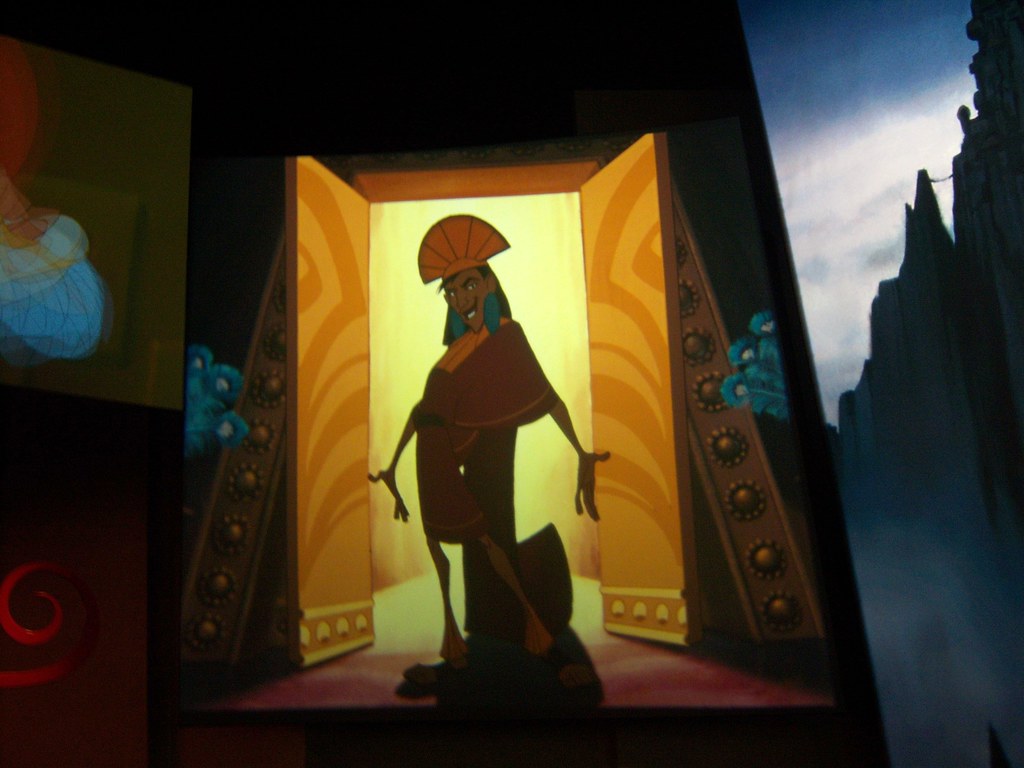
10. **The Emperor’s New Groove (2000): Disney’s Animated Turnaround**Even the magical world of Disney animation is not immune to production nightmares, and ‘The Emperor’s New Groove’ provides a fascinating, if initially chaotic, example. This wonderfully witty and heartwarming film we know today began its life under a completely different title, ‘Kingdom of the Sun,’ and was originally conceived as a much more serious, traditional Disney epic. It became a prime illustration of how drastically things can go wrong, not just in live-action, but in animated features too.
Extensive work had already been poured into ‘Kingdom of the Sun’ when an early edit was screened for test audiences. The reception was far from thrilled, prompting immediate and massive changes to the film’s entire direction and tone. This critical setback forced the creative team back to the drawing board, demanding a radical rethinking of the story and its presentation, a truly rare and dramatic pivot for a Disney production already so far along.
As part of this seismic shift, much of the original vision, including musical contributions, was abandoned. The renowned musician Sting had recorded a number of songs for the initial incarnation of the film, all of which were unceremoniously dropped. The original director also basically said ‘peace out’ and left the project, signaling the depth of the creative crisis. However, when Mark Dindal took over the reins, things improved dramatically, and with surprising speed.
In an astonishing two weeks, the ambitious but troubled ‘Kingdom of the Sun’ transformed into the truly wonderful and funny film that audiences now know and love. As a bonus, Sting eventually got to contribute some new songs to ‘The Emperor’s New Groove,’ though it has been said that he didn’t like these new ones as much as his abandoned original compositions. Regardless, this animated gem stands as a testament to creative resilience and the power of a fresh perspective to turn a potential disaster into a delightful success.
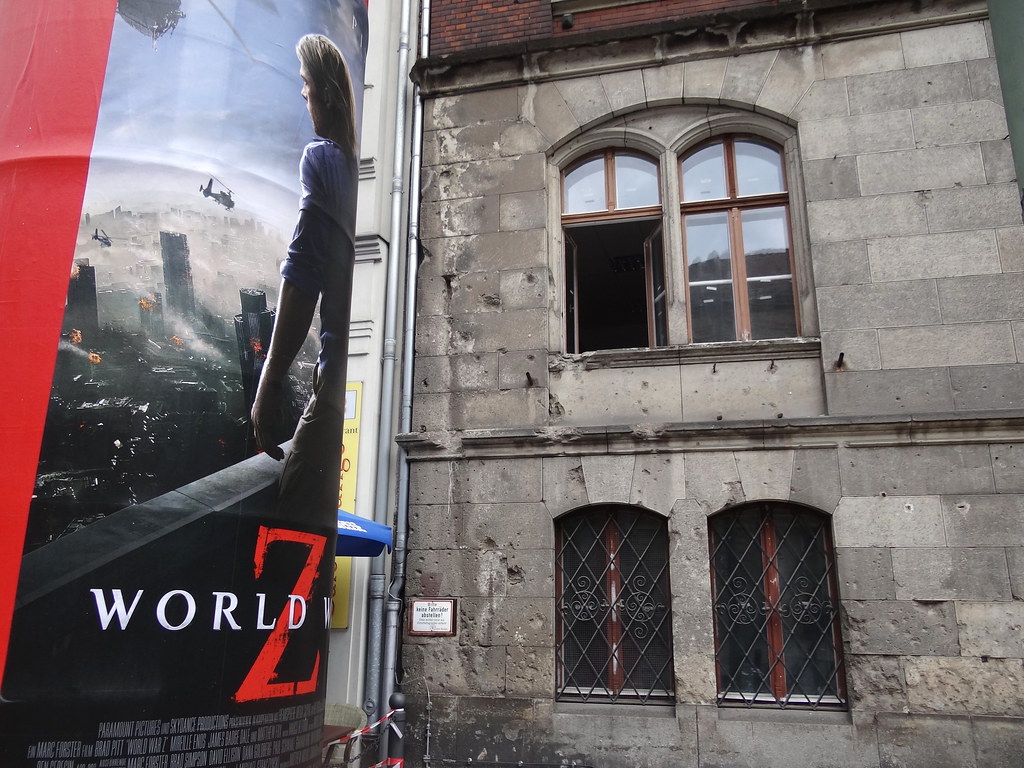
11. **World War Z (2013): A Global Zombie Horde, Real-Life Headaches**Bringing a global zombie apocalypse to the big screen presents immense logistical challenges, and for Marc Forster’s ‘World War Z,’ the approach was anything but conventional. Rather than relying solely on the efficiency of CGI to create overwhelming seas of the undead, Forster opted for a more tangible, albeit far more complicated, method. To achieve some of the film’s most striking and visceral shots, he deployed an astonishing 1,500 real people on set at a time, on location in Malta, for a grueling six weeks.
This commitment to practical effects on such a grand scale, while visually impressive, came with an astronomical price tag. When just one sequence of a film demands the coordination of 1,500 extras and a six-week location shoot, it’s hardly surprising that the final cost of production skyrocketed. The budget ballooned to an estimated $190 million, highlighting the immense financial burden of such an ambitious, human-centric approach to a special effects-heavy blockbuster.
The film’s troubles weren’t limited to its exorbitant costs; the script itself became a focal point of perpetual revision. It was “worked, re-worked, and re-worked again,” in a commendable, though ultimately unsuccessful, attempt to keep everything within the ever-expanding budget. Near the tail end of production, a drastic decision was made: the existing conclusion simply wouldn’t do, and a completely new ending would need to be shot from scratch, a rare and costly move at such a late stage.
To craft this entirely new conclusion, screenwriter Damon Lindelof was brought in, a decision that tacked on an additional $20 million to the already staggering production cost. Despite these monumental hurdles—from the logistical nightmare of thousands of extras to script overhauls and budget explosions—’World War Z’ defied expectations. It emerged as a box office hit, proving that even a production beset by an overwhelming sea of real-life headaches can still deliver a thrilling and financially successful global spectacle.
And so, our journey through Hollywood’s most notorious production nightmares comes to a close. From the monochrome struggles of early cinema to the cutting-edge chaos of modern blockbusters, it’s clear that the path to cinematic legend is often paved with challenges, creative clashes, and unexpected calamities. These stories aren’t just cautionary tales; they’re powerful testaments to the sheer will, resilience, and unyielding dedication of filmmakers, actors, and crews who, against all odds, continue to bring the magic to our screens. It’s a reminder that sometimes, the most iconic films emerge not from a perfectly choreographed plan, but from the grit and determination to overcome whatever horrors the set throws their way. Now that’s a story worthy of the silver screen!



